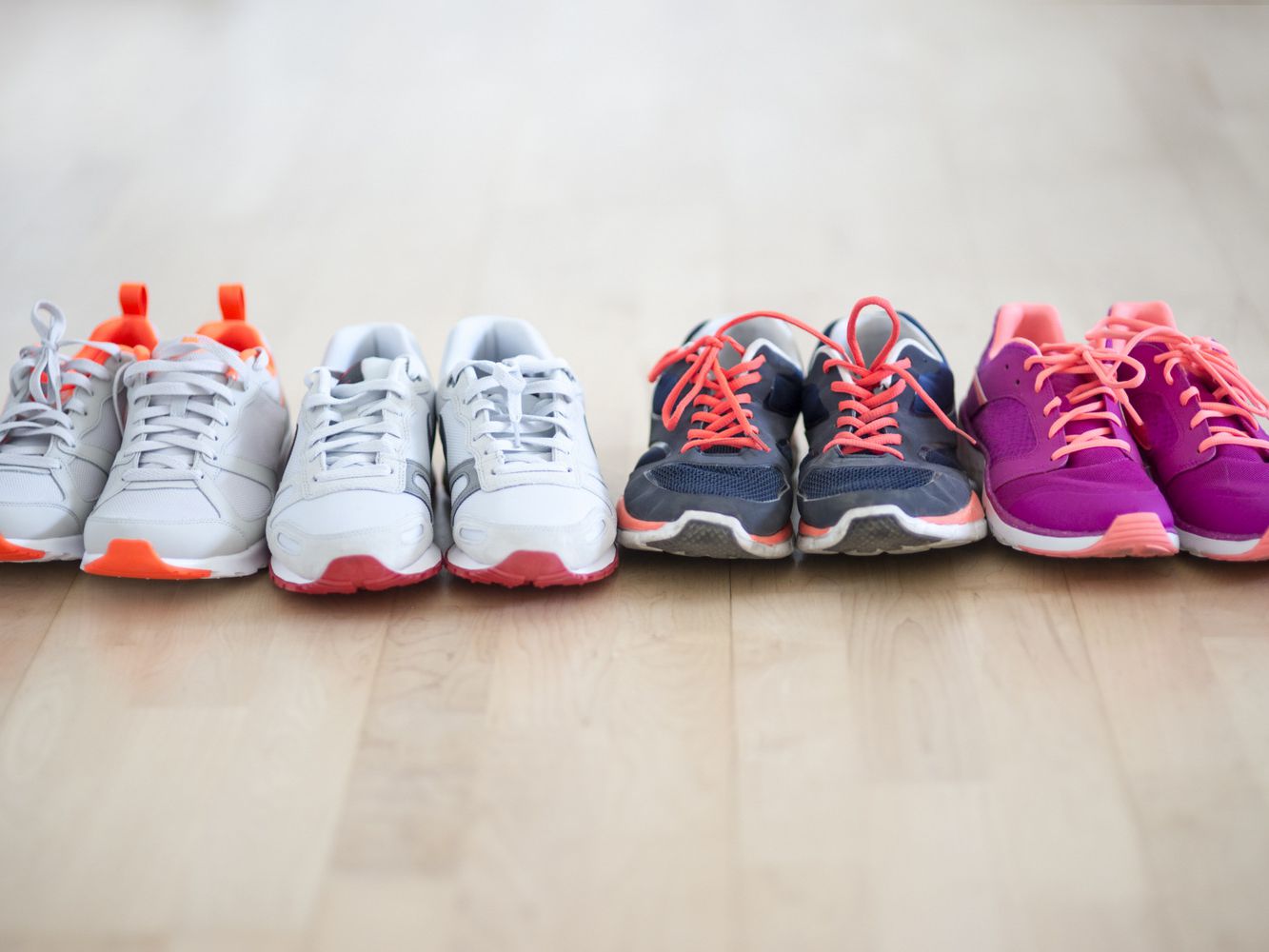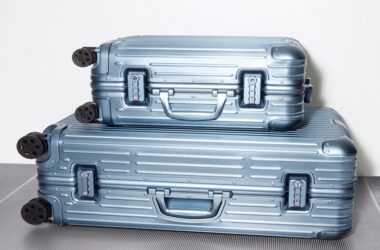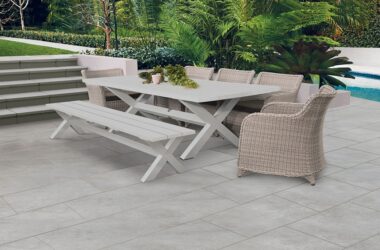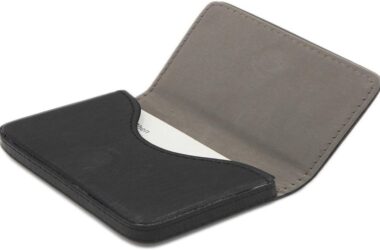Wearing comfortable and comfortable foot shoes can help prevent sores such as irritation and calluses. A walking shoe should also be genuinely light and provide great shock absorption. In any case, not all walking shoes are equivalent. Track the fit and highlights that are right for one as womens walking shoes.
Think about the condition of the feet
Feet come in various shapes and sizes. To avoid difficult problems, consider the shape and size of the feet when purchasing a pair of walking shoes. Remember that the shoes must fit the condition of the feet. The feet should never be forced to adjust to the state of a pair of shoes.
Width and length
Shoes that are too tight or too wide can cause agonizing corns and calluses. What’s more, a toe cap that isn’t high enough — and doesn’t give adequate space for the toes — can cause torment in problems like bunions and hammer feet. The unpredictable arrangement of bones, muscles, tendons, and ligaments in the structures of the feet, side by side (metatarsal) and longitudinal arches (longitudinal). As one walks, these flexible and adaptable arches help the bodyweight to move evenly through the feet. The bows play a significant part in the way one adjusts to different surfaces as one walks.
Low Arched Feet
Feet with impartial arches are neither overly arched nor overly level. In case one have impartial arches, look for shoes with firm, padded soles, directly for semi-curved resistances – the latter alludes to the state of the bottom and footprint around which the shoe is built – and moderate solidity of the hindfoot.
High Arched Feet
High arches can increase excessive pressure on joints and muscles, as the feet may also not take in the shock, especially on the off chance that one is exerting a large effect or jumping exercises. Look for padded shoes to aid in the absorption of shock. The last bend can also help sometimes.
Change destroyed shoes to avoid injuries
All walking shoes ultimately provide indications for use. What’s more, regardless of whether they feel good and don’t show much external wear, they probably won’t provide enough help or shock intake. Regardless of whether a shoe looks good, most lose their insurance effect after about 300 to 400 miles. Mark the schedule when one reaches the highest mileage of the shoes to remember to outperform them and follow how long it usually takes one to put in 300 to 400 miles.
Make A God choice
Inappropriately sized shoes are the source of many problems. Once one knows which highlights to look for, one can buy for sure. Wear comfortable shoes suitable for effortless walking.











